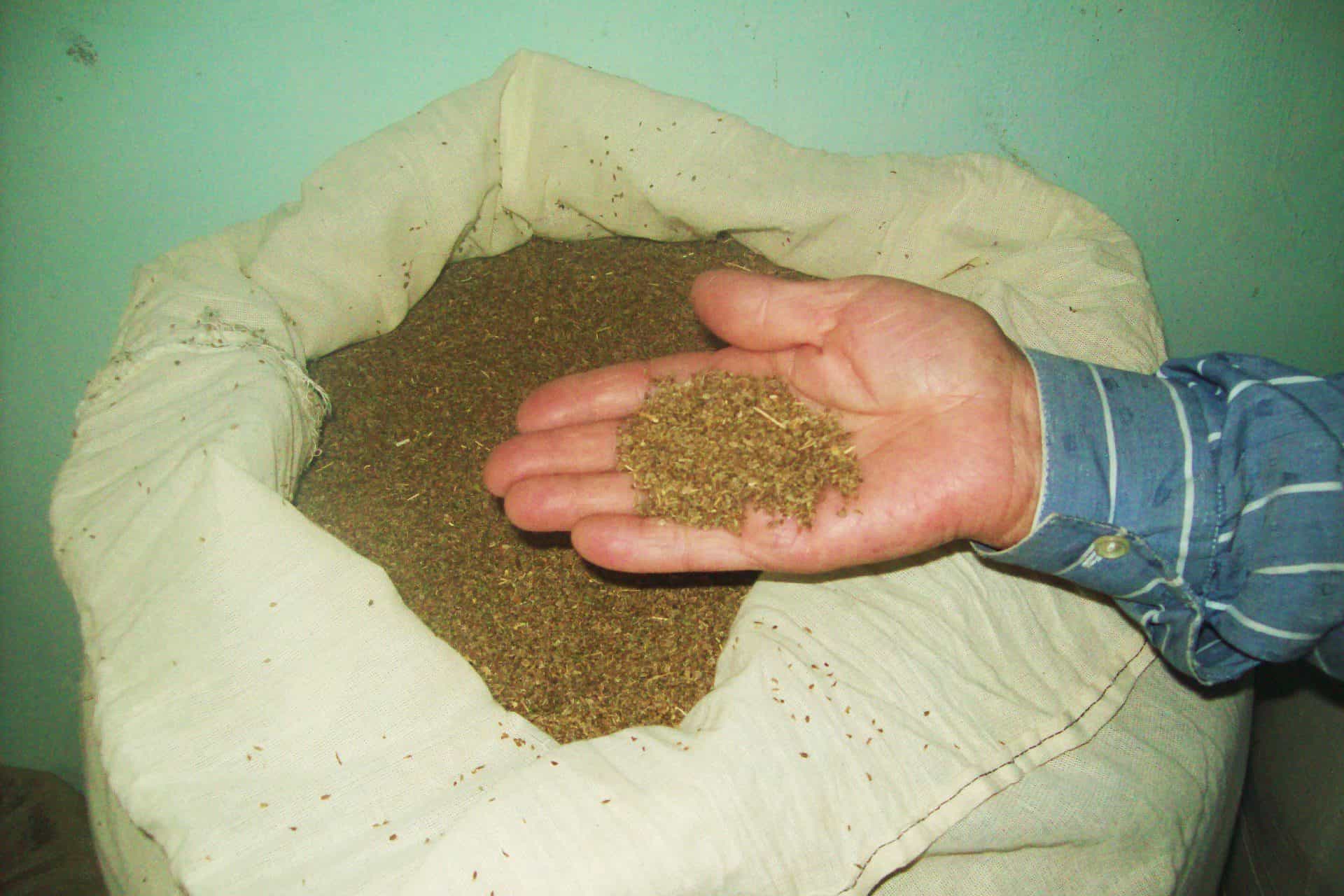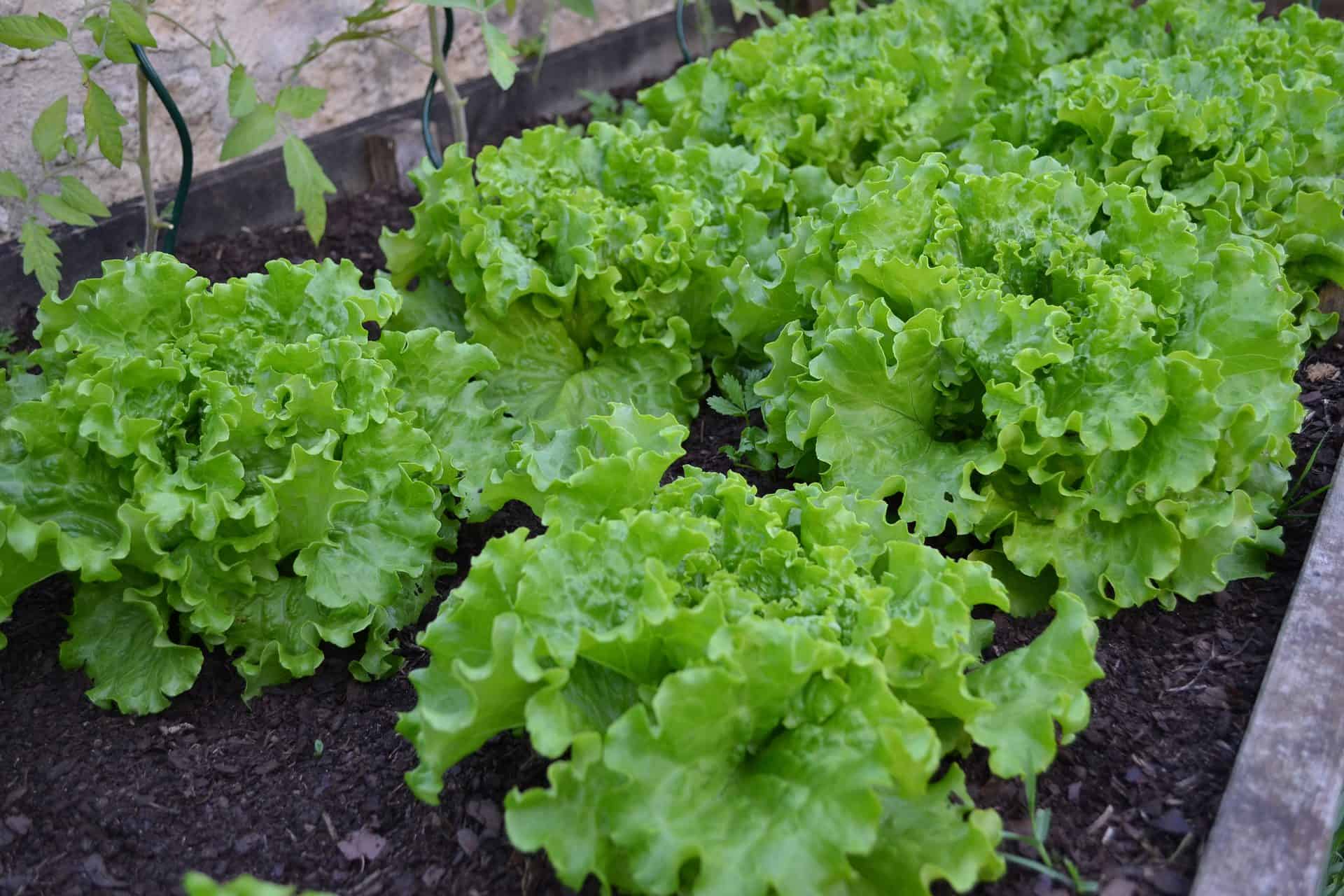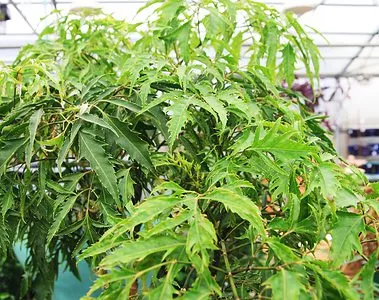No products in the cart.
Should you follow the direct sowing method or transplant chart? Interesting question as you grow a combination of seeds for veggies known as starts.
These are baby plants sold in seed packets or pots. Still, the decision about planting seeds directly or transplanting them later is a personal preference.
Yet, with some wisdom, you can decide what works best for you.
What Is Direct Sowing?

The direct sowing method is as the name says. You can start your vegetable seeds directly in the garden. Doing this allows you more choices and varieties to grow.
You can browse through Plantly’s catalog to choose infinite options instead of confining yourself to only the transplants offered by local farmers or plant shops. Direct sowing is cost-effective as you start to sow seeds in one place, and they can grow in succession.
Yet, direct sowing seeds in your outdoor garden soil can also be risky compared to transplanting. The plant seeds must compete with environmental factors like wind, floods, and drought to weed pressure.
So, the best planting method is to have a plan to give those seeds a chance of survival. Still, preparing yourself to thin out the seedlings would be best. You will be pulling out a few plants to space your plants evenly.
Still, when is the best time to do direct sowing, and how is it done?
Planting Seeds Directly Into The Ground
Sowing seeds directly depends on the plant species and your climate.
For example, you can plant vegetable seeds after the last frost date in spring and have warm soil for seed germination.
At the same time, other seeds can be sown directly before the frost date in the fall, but following the seed packet directions for your region is best.
What to Know Before Planting Vegetable Seeds in Garden Soil

Plants have different needs when caring for the soil type, planting time, light, and water. We recommend researching the species you plan to grow.
You will learn with your research that only some parts of the landscape have suitable garden soil for lighting to grow your plants. In some places, you may need to amend the garden soil. You may need to make other amendments if the pH level is too acidic or has too much alkaline.
The best way to determine this is to have a lab test on the soil.
What You Will Need With Planting Tips
First, you must buy seed packets from your garden center or here with us. Then, follow the instructions to plant them in the correct growing season. Gather a garden fork, a trowel, a rake, and a hose sprayer with a mist setting.
Also, get some plant markers and string.
Start Preparing The Soil
Remove all the weeds or debris from the area where you plan to plant seeds. Then loosen the soil with the garden fork and add your soil amendments as needed.
The best thing to amend soil is to use organic materials like decomposed compost, manure, and peat moss. Then, rake the soil evenly. The next thing is to prepare the seeds according to the instructions on the seed packets.
You may find that some seeds need to be softened in the water while others need to be sacrificed by rubbing them with fine sandpaper. Then, perennial plants like milkweed need a cold/moist period before seeds germinate.
Planting Seeds
We recommend following the instructions on what depth you need to plant seeds. Some seeds need more light to germinate, and you sow them directly on the soil, while for larger seeds, you must bury them at the recommended depth.
Moisten And Keep The Soil Evenly Moist
Nothing can hamper the seed germination rate more than dry soil. Still, after planting, it helps to gently water with a mist spray instead of blasting it.
Mark Your Planting Location
Always label the section where you sow seeds using small craft sticks. It does not matter what you plant. It helps you to monitor the seed germination progress.
Thin Seedlings As Needed
Telling seedlings apart at first when they sprout is difficult. For this reason, it helps to wait for the true leaves to appear to identify your plants.
If needed, refer back to the seed packet. You may find your seedlings need thinning out to provide young seedlings space to grow.
Then, follow the directions for the ideal space for your plants when thinning out. We recommend pinching or snipping the seedlings off at the ground level you want to remove.
Care For Your Seedlings
While the seeds sprout, they are frail and need added attention during the first few weeks. Provide daily watering using a light mist of water. The soil temperatures rise in warmer weather, and you must water your plants twice daily.
For fertilizing, we recommend following the seed packet instructions for direct seeding. Most of the time, the seedlings only need feeding when mature, and they start with flower buds. Another tip is to remove weed seeds beginning to sprout next to your outdoor plants.
Vegetables That Can Grow When Directly Sown
When you live in warm climates, you can directly sow most crops. But when you live in colder regions, you must start seeding indoors. Or you need to invest in root crops to transplant later. Still, there are vegetables you need not start seeds indoors. Here is a list of vegetable seeds you can use directly in the ground.
Beets

Beets are double-duty crops that provide you with fresh greens with roots. Beets prefer a cooler temperature. You can sow the seeds after working the ground. Sow the seeds every three weeks in the cooler months for a continuous harvest.
Still, you will find the seeds germinate faster in warm soil, and soaking the seeds in water for six hours helps before planting. You can plant the seeds 1/4 inch deep to an inch apart. The truth is that beet is a seedpod with several seeds.
Many plants, like beets, need to thin out when they reach five inches high, so enjoy the thinned-out plant.
Beans

You can find two types of bean seeds: a bush and a pole bean. The pole bean vines will need support using a trellis. The beans provide a continuous harvest until frost. On the other hand, bush beans will produce crops faster.
You can do several succession planting seeds like bush beans two weeks apart from the harvest during summer. The seed’s germination rate is fast in warm soil, and it can benefit from a six-hour water soak.
Sow your beans in late spring after the danger of frost. Plant one inch deep and four inches apart.
Carrot Seeds

Carrots come from tiny seeds, and spacing them is difficult. You can use homemade seed mats to make growing them easier. The carrot is a cool-season crop that can tolerate frost once the root system establishes itself.
Hence, you can directly sow seeds from the last frost date about three weeks before the time. It is essential to keep the soil evenly moist and plant them 1/2 inch deep and 1/3 inch apart. You can thin them out once the seedlings reach two inches tall.
Cucumbers

Cucumber 🥒 grows best in mounds, providing enough room for the vine. When the soil warms, sow the seed directly into the ground a week after the last frost date. You can sow seeds one inch deep with a spacing of eight inches.
But you can plant three seedlings per hill and space them 36 inches apart for mound growing.
Lettuce

You can find many varieties of lettuce seeds to plant and enjoy. Lettuce thrives in cool weather and can tolerate frost but needs to be established. Plant the seeds 1/4 inch deep and keep them moist. You can thin out your lettuce varieties about four inches apart.
Other vegetable seed varieties:
Summer squash
Swiss chard
Tomatoes
Melons
Radish
Zucchini
Corn
Turnips
What is Transplanting
When starting plants indoors, you have more control over the results. You can grow transplants inside to plant into the garden soil or place them in pots. These seeds mature sooner compared to direct-seeded plants.
Furthermore, you can succession planting several times per season for a continuous harvest. For example, you can plant your lettuce seeds indoors for transplanting and sow seeds directly in the garden every two to three weeks.
Your small plants are more resistant to pests as they mature when transplanted into the garden. Still, certain crops you transplant can introduce diseases and weeds. The reason depends on where you buy your seed packet; it can have weed seeds.
It would be best to harden your seedlings off by exposing them to cooler temperatures, dryer conditions, and more sun. If not hardened off, your plants can suffer transplant shock. You can consider these plants available as seeds to start vegetable plants indoors.
Or they can be plants in the form of seedlings ready to transplant to the garden.
Transplanting Vegetable
You can grow most root crops indoors using a seed starting mix to get a head start. Doing this provides young plants growing in warmer soil with the correct temperatures. Your plants are mostly weed-free, and you can enjoy an earlier harvest.
Still, there is a general rule to follow when plants grow and need transplanting:
First, start by removing your transplant from the pot.
Check the roots, gently tease them, and place the seedlings into the prepared holes.
Place the plant at soil level or slightly higher if you use loose or sandy soil.
Firm the soil down using your hands and water well.
The above steps count for transplanting most plants into the garden. But we have a list of delicious vegetables you can start from indoor seeds to plant as young seedlings in the garden.
Celery

The long fibrous marshland plant is easy to plant as an indoor seed in a seed starting mix. After the celery grows to six true leaves, you can transplant them to the garden. Ensure the garden soil is draining and fertile, and place them 18 inches deep and 12 inches apart.
Winter Squash

Squash is a healthy vegetable to start indoors. Sow the seeds until they have four true leaves to transplant to fertile, well-draining soil. The space for these plants is three feet apart as they need a large soil surface to vine and grow.
Zucchini

The vegetable is part of the squash family, and you need to wait until it develops four tree leaves. Then, transplant the seedlings into fast-draining fertile soil.
Broccoli

Brocolli seeds germinate well with direct seeding and indoor growing. You can grow them inside for four weeks and transplant them to well-drained soil in rows with a 24-inch space between seedlings.
Brussel Sprouts

Another leafy vegetable rich in vitamins is Brussels sprouts to grow as seedlings indoors to transplant to the garden. You can transplant them in the growing season during late spring or early summer. With warmer soil temperatures and hot weather, ensure that you provide them with enough water.
Onion

Starting indoor seeds with onions is also easy, and onions are root vegetables with rich sulfur-containing compounds and antioxidants. You can begin to onions indoors until they reach seven inches in height and transplant them into a loamy soil, spacing them six inches apart.
Paddy

The Kharif crop is best grown when started indoors compared to direct sowing. Once it reaches a height of seven inches after 30 days, you can transplant them into the garden. You do this manually in straight rows. It thrives in clay soil as it helps retain water for longer.
Cabbage

You can buy cabbage seedlings grown in nurseries to transplant to a well-draining, rich soil. You can harvest this plant after 120 days of planting.
So What Will It Be: Direct Sow or Transplant Chart
Whether you decide to direct sow seeds or invest in young seedlings for transplanting, it all comes down to your preference. Both provide you with loads of benefits. But starting indoors with your plants is a great way to ensure you can catch weed seeds and prevent pests and diseases.
So, it is all up to you as Plantly provides both seeds for direct sown plants and transplant plants available.
Whether you want to buy, sell or simply reach out to other plant enthusiasts, Plantly is the right place to be!


